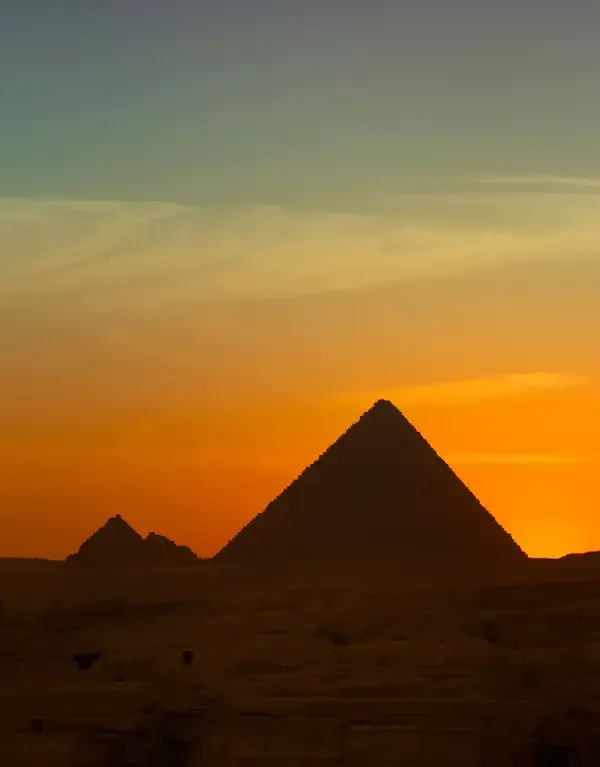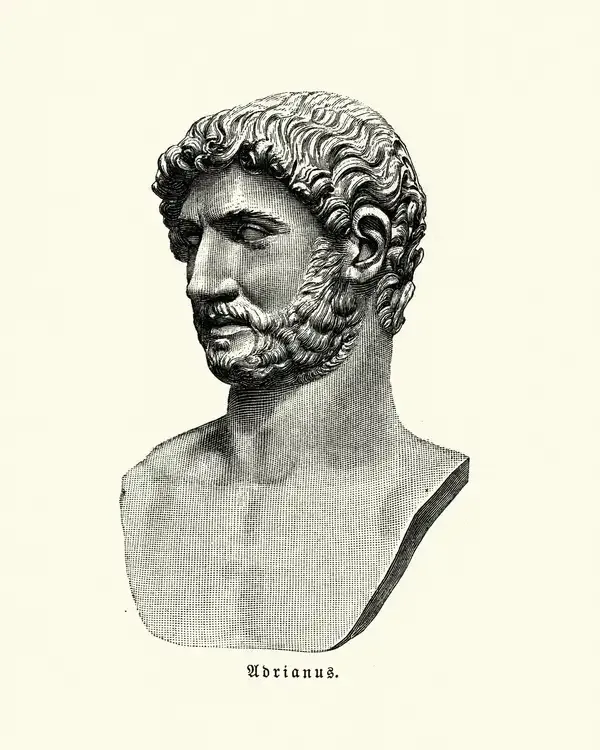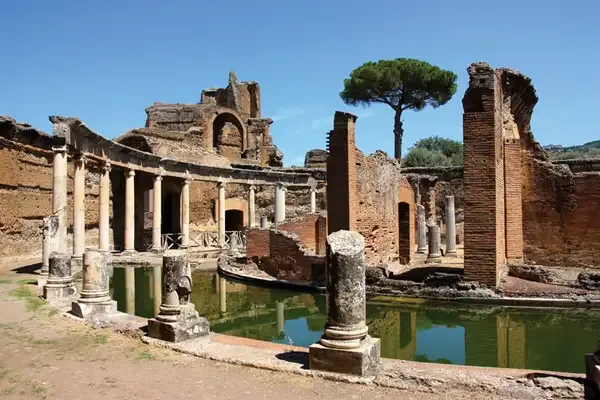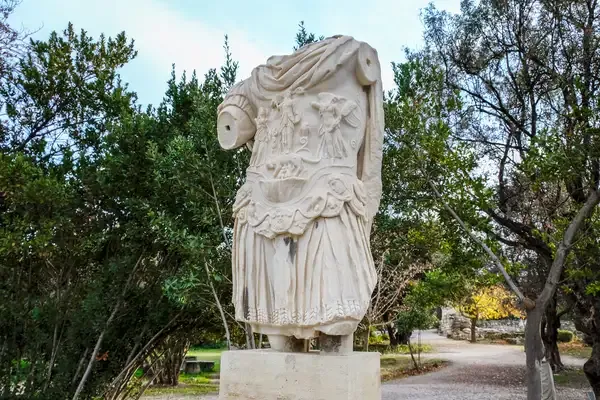Were All Egyptian Pharaohs Buried in Pyramids?
Not all Egyptian pharaohs were buried in pyramids. While the most famous pyramids, like those at Giza, were constructed during the Old Kingdom, later dynasties opted for different burial methods. By the New Kingdom, pharaohs were typically interred in the Valley of the Kings, where tombs were carved into rock cliffs to better protect against grave robbers. This shift reflects changes in religious beliefs, economic factors, and advancements in tomb construction techniques over time.

The question of whether all Egyptian pharaohs were buried in pyramids is a fascinating one, steeped in the history and culture of ancient Egypt. While many people associate the grandeur of pyramids with pharaohs, the reality is more complex. Understanding this topic requires delving into the burial practices of different dynasties, the evolution of royal tombs, and the significance of pyramids in ancient Egyptian society.
Evolution of Royal Tombs
In the early periods of ancient Egypt, particularly during the ''Old Kingdom'' (circa 2686 – 2181 BCE), pyramids were the primary burial structures for pharaohs. The most famous pyramids, such as the ''Great Pyramid of Giza'', were built during this time. However, as Egypt’s history progressed, burial practices evolved dramatically.
During the ''Middle Kingdom'' (circa 2055 – 1650 BCE), the monumental pyramid structures began to decline in favor of rock-cut tombs in the ''Valley of the Kings'' and other locations. This shift was due to various factors, including the need for more concealed burial sites to protect the pharaohs' treasures from tomb robbers.
Not All Pharaohs Were Buried in Pyramids
While many of the most notable pharaohs were indeed buried in pyramids, it is essential to highlight that not all pharaohs enjoyed this privilege. Below is a comparison chart showcasing the burial practices of different dynasties:
| Dynasty | Time Period | Burial Sites | Notable Pharaohs |
|---|---|---|---|
| Old Kingdom | 2686 – 2181 BCE | Pyramids | Khufu, Khafre, Menkaure |
| Middle Kingdom | 2055 – 1650 BCE | Hidden Tombs, Valley of the Kings | Mentuhotep II, Amenemhat II |
| New Kingdom | 1550 – 1070 BCE | Valley of the Kings | Ramesses II, Tutankhamun |
| Late Period | 664 – 332 BCE | Sarcophagi, Catacombs | Psamtik I, Nectanebo II |
From the chart, it is evident that while pyramids were the hallmark of the ''Old Kingdom'', later dynasties transitioned to different burial methods. The ''Middle Kingdom'' saw a shift towards tombs that were more hidden and less monumental, while the ''New Kingdom'' predominantly utilized the ''Valley of the Kings'' for royal burials. This change was motivated by security concerns and the evolving religious beliefs surrounding the afterlife.
The Significance of Pyramids
Pyramids represented not just burial sites but also monumental statements of power and divinity. The construction of a pyramid was a massive undertaking that involved thousands of workers, skilled laborers, and artisans, reflecting the pharaoh's wealth and the state’s resources. The ''Great Pyramid of Giza'', for instance, was an architectural marvel that symbolized the pharaoh's journey to the afterlife and his status as a divine ruler.
Moreover, pyramids were linked closely to the worship of the sun god, Ra. The pointed shape of the pyramid was thought to facilitate the pharaoh’s ascent to the heavens, ensuring his continued existence in the afterlife. This connection to divinity reinforced the idea that pharaohs were more than just rulers; they were intermediaries between the gods and their people.
Other Burial Practices
As mentioned earlier, not all pharaohs were buried in pyramids. The ''Valley of the Kings'', established during the ''New Kingdom'', became a burial site for many prominent pharaohs, including ''Tutankhamun'' and ''Ramesses II''. These tombs were often richly decorated and filled with goods meant to accompany the pharaoh into the afterlife.
In the ''Late Period'', further changes occurred in burial practices. The use of ''sarcophagi'' and catacombs became more common, reflecting the ongoing evolution of funerary customs. The focus shifted from grand structures to more discreet and elaborate tombs, often in response to the challenges posed by grave robbers.
Conclusion
In conclusion, the notion that all Egyptian pharaohs were buried in pyramids is a misconception. While pyramids played a crucial role in the burial traditions of the ''Old Kingdom'', later periods saw significant changes in royal burial practices, with many pharaohs opting for tombs in the ''Valley of the Kings'' or other hidden locations. Understanding these practices provides a deeper insight into the rich tapestry of ancient Egyptian culture and its evolving beliefs about death and the afterlife.
In light of this history, it is clear that the legacy of the pharaohs extends beyond their monumental pyramids, encompassing a diverse range of burial practices that reflect their changing society and beliefs.












